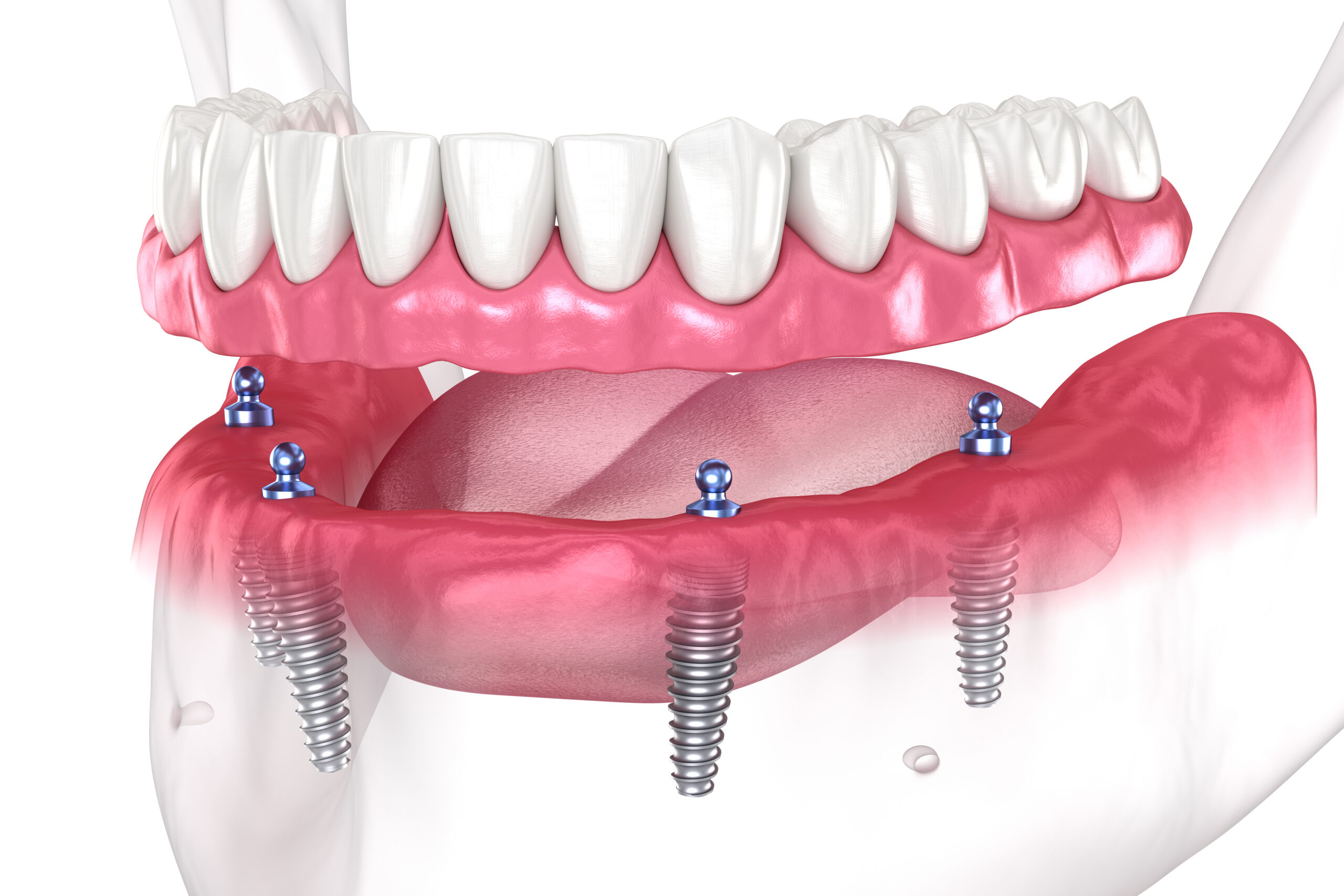Dental Sense - An Overview
Dental Sense - An Overview
Blog Article
Excitement About Dental Sense
Table of ContentsThe Ultimate Guide To Dental SenseGetting The Dental Sense To WorkTop Guidelines Of Dental SenseHow Dental Sense can Save You Time, Stress, and Money.
are clinical tools operatively dental implanted right into the jaw to recover a person's capacity to chew or their look. They provide assistance for fabricated (fake) teeth, such as crowns, bridges, or dentures. When a tooth is shed due to injury or condition, a person can experience issues such as quick bone loss, defective speech, or adjustments to eating patterns that result in pain.Dental implant systems include an oral implant body and dental implant abutment and may also consist of an abutment addiction screw. Professional teeth whitening. The dental implant body is surgically inserted in the jawbone in place of the tooth's origin. The dental implant abutment is typically connected to the dental implant body by the joint fixation screw and prolongs with periodontals right into the mouth to support the affixed fabricated teeth
(https://hubpages.com/@dentalsense1)Framework of The Dental Implant System selecting oral implants, talk to your oral supplier about the prospective advantages and dangers, and whether you are a prospect for the procedure. Points to consider: Your overall health is a crucial consider determining whether you are a great prospect for dental implants, how much time it will certainly require to recover, and how long the implant may remain in location.
Smoking may influence the recovery process and lower the long-term success of the dental implant. The healing process for the dental implant body may take numerous months or longer, during which time you typically have a short-term abutment in place of the tooth. the dental implant procedure: Very carefully comply with the dental hygiene guidelines offered to you by your dental supplier.
Not known Details About Dental Sense
Implant failing can lead to the demand for another operation to repair or replace the implant system. Brings back the capability to eat Brings back aesthetic appearance Assists maintain the jawbone from shrinking because of bone loss Maintains the wellness of the bordering bone and gums Helps keep nearby (nearby) teeth steady Boosts high quality of life Damage to surrounding all-natural teeth throughout dental implant placement Injury to the surrounding cells during surgical treatment, such as sinus opening Injury throughout surgical procedure (for instance, fracture of bordering jawbone) Inadequate feature, such as seeming like the teeth do not attack together normally A sensation that the tooth is loose or twisting in position arising from an abutment screw loosening up Implant body failing (looseness of the implant body) as a result of systemic infection, which might be more probable in clients with uncontrolled diabetes mellitus as a result of neighborhood infection in bone and gums supporting the implant body as a result of postponed recovery, which might be more likely in clients who smoke Difficulty cleaning up the periodontals around the dental implant, leading to bad dental hygiene Neglected gum illness Post-surgical pins and needles due to nerve impingement or damages Constantly inform wellness care service providers and imaging professionals that you have oral implants before any type of magnetic resonance imaging (MRI) or x-ray procedures.
FDA is not aware of any unfavorable occasions reported for MRI or x-ray procedures with oral implants. Dental implants systems are commonly made from materials that adhere to worldwide agreement requirements of the International Organization for Standardization (ISO) or ASTM International. These requirements have details of what makes a secure product.

A dental implant is a framework that replaces a missing tooth. With screw-like devices, the doctor inserts an implant right into the jawbone, and it acts as an anchor for a man-made tooth, called a crown.
6 Simple Techniques For Dental Sense
Some people are not eligible for dental implant surgery. It is for dental specialists to operate on people with: intense illnessuncontrollable metabolic diseasebone or soft tissue illness or infectionIf these problems are resolved, a person can have the surgery. In, dental cosmetic surgeons abstain from operating on individuals with: If individuals with any of the above go through read review dental implant surgical procedure, there is a higher danger of the implant stopping working.

Oral dental implant surgical treatment is a tailored procedure. It's not the exact same for everyone. Yet the following gives a basic review of what you can anticipate your dental professional, dental cosmetic surgeon, periodontist or prosthodontist to do: Position the implant surgically. Offer you time to heal. Attach the article and last crown, bridge or denture.
Next, your specialist will carefully put the oral implant right into your jaw. Ultimately, your doctor will certainly rearrange your periodontals and close the cut with stitches. If your implant is near the front of your mouth, your dentist will certainly make a short-lived tooth for you to put on up until you recover. In this way, you won't have a space in your smile while you recover.
6 Simple Techniques For Dental Sense
Throughout the recovery stage, your jawbone must fuse to the dental implant. This procedure can take anywhere from three to 9 months.
When your implant heals, your dentist can connect the abutment (little connector article) and your final restoration (crown, bridge or denture). This usually takes regarding one hour to complete and may call for a second small surgical treatment. You shouldn't feel any discomfort during your oral implant treatment due to the fact that your company will certainly utilize medicine to numb your periodontals.
Report this page